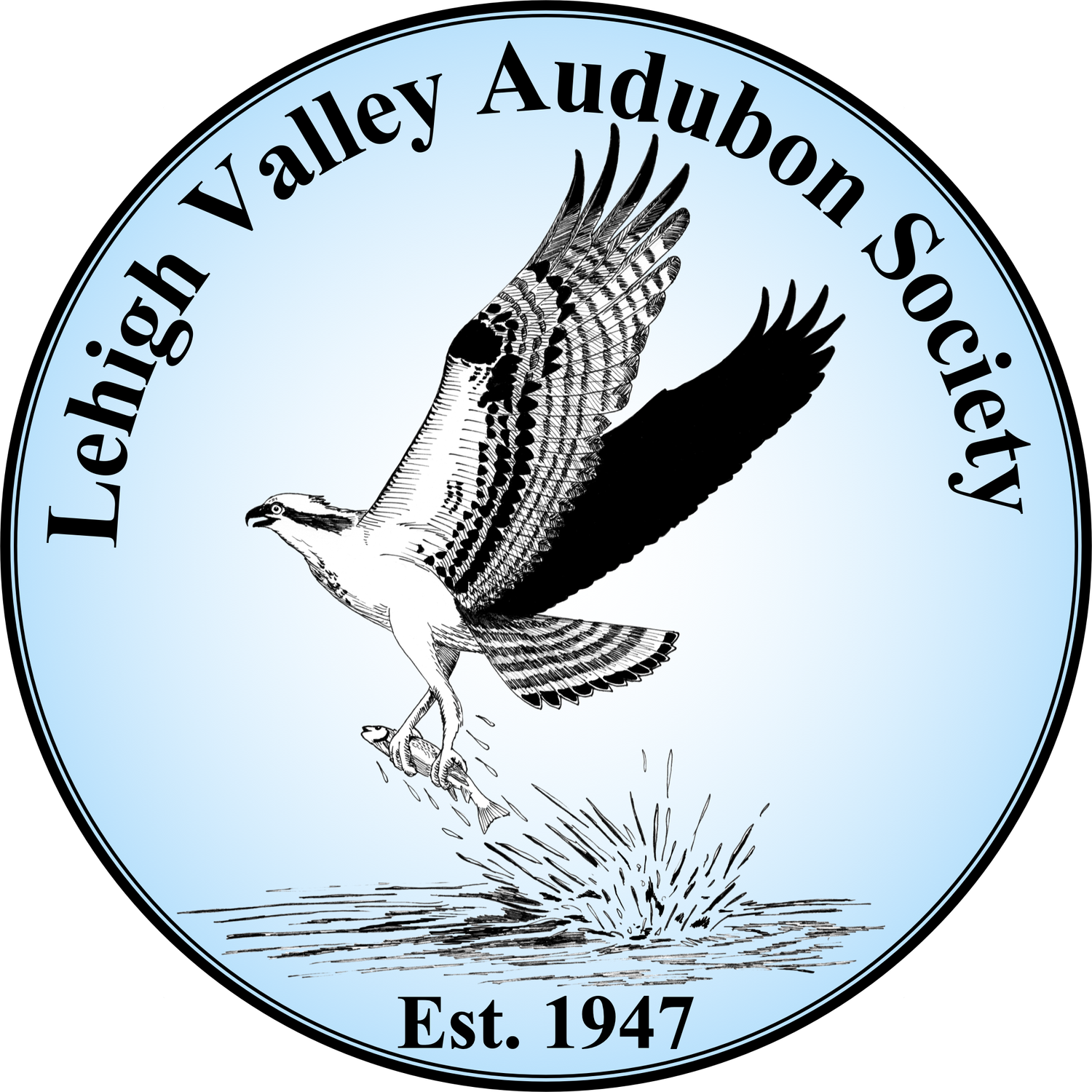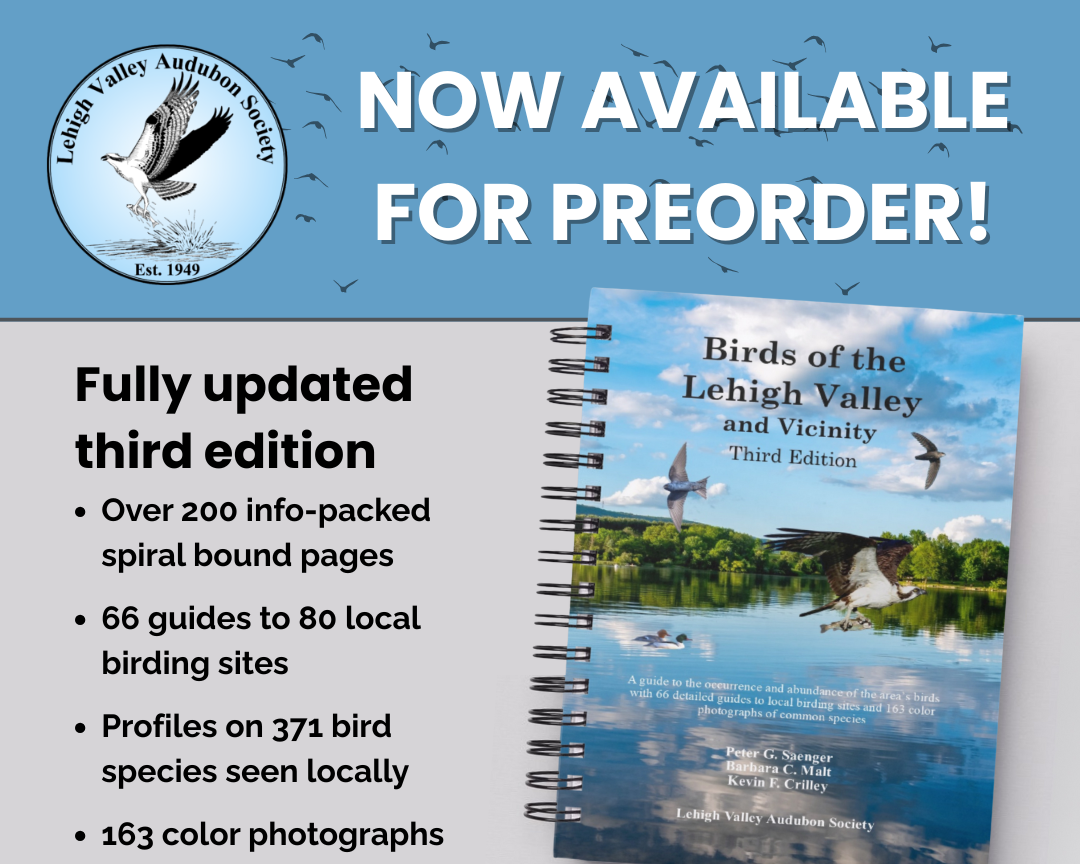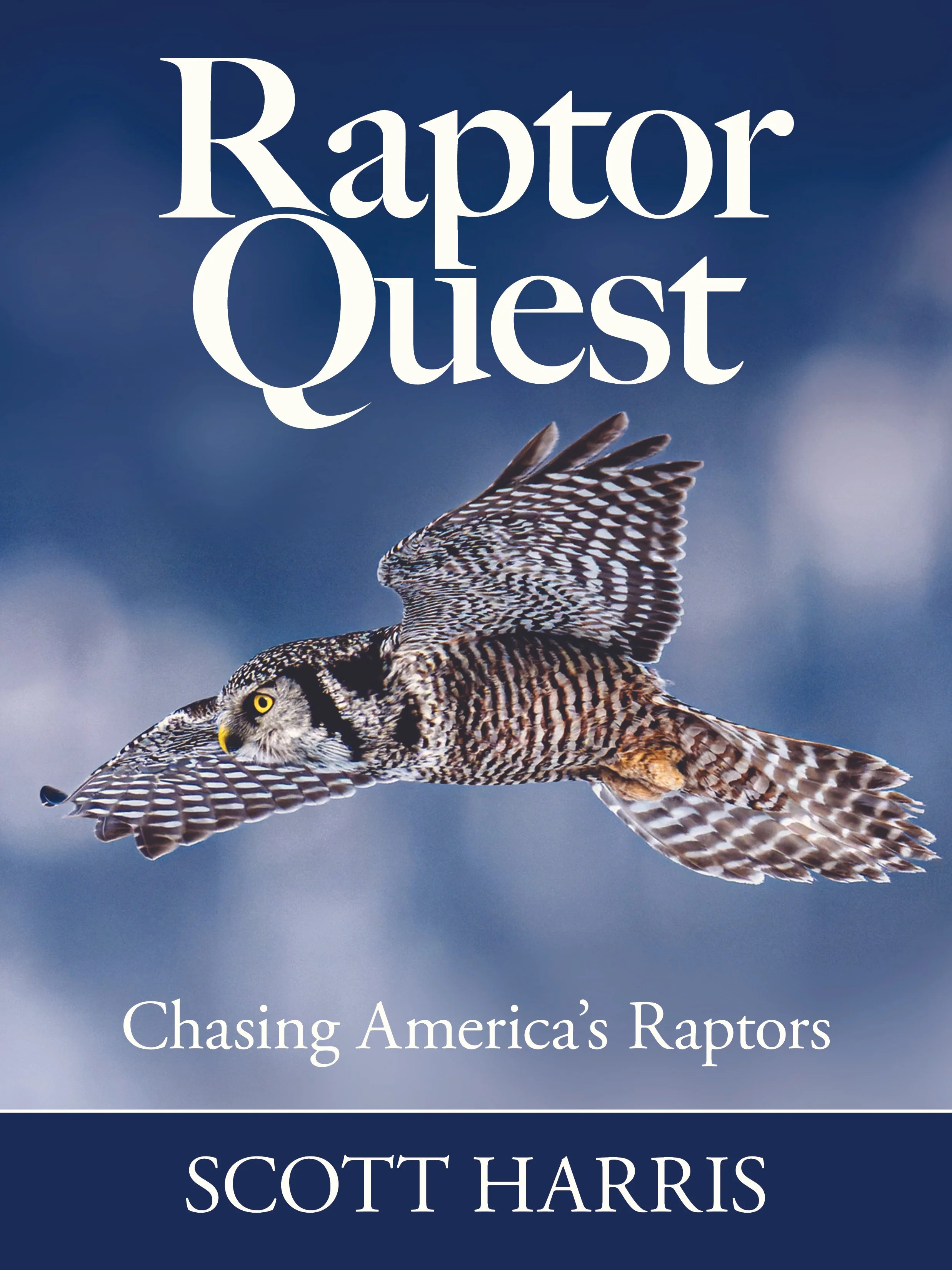The Lehigh Valley Audubon Society, The Acopian Center for Ornithology at Muhlenberg College, and Northampton County Parks and Recreation have worked hard to bring Purple Martins back to the Lehigh Valley over the past few years in places like Lake Minsi. With these colonies now boasting large numbers of breeding martins, the question arises: where will the newly hatched Purple Martin chicks nest? Some will return to the colony where they were born, if there are empty nesting gourds. Many of these birds, once they return to the Lehigh Valley for their first breeding season, will have to find somewhere else to nest. Where will these martins go?
This phenomenon is called natal dispersal. It is the permanent relocation of a Purple Martin during the breeding season, and it is an important part of how the birds find new nesting colonies. Natal dispersal remains a mystery for martin enthusiasts and researchers alike, and we’re trying to answer this question.
In conjunction with the University of Delaware and the Purple Martin Conservation Association, we are studying how far and frequently Purple Martins disperse from their breeding site. This information will be critical in the establishment of new colonies.
Purple Martin chicks are being color banded in the Lehigh Valley to track this natal dispersal. Each martin chick gets a color band that ties it to the colony where it hatched. Then, we can “resight” this bird in the field the next year, and see how far the bird has dispersed, based on where that bird is re-found. More banding from our collaborators is starting in southeastern and northwestern Pennsylvania. All of the martins across the state are color banded with a unique combination of colors, so we’ll know exactly where each banded bird we find originated.
Because Purple Martins can disperse so widely, we need your help looking for dispersed birds! Whether you have Purple Martins nesting on your property or in a local park, you can participate in this research project by looking for small, colored bands on the legs of Purple Martins. If you see a color banded bird at your colony, please let us know! First, record what color band or bands you see, the relative position of each band, and which leg the bands were on. If you have a camera, take some pictures! The easiest way to submit your sightings is with this web form: https://bit.ly/PA_Martin_Study. If you have pictures of a color banded bird at your colony, you can send them to Will Krohn, the graduate student at the University of Delaware helping conduct this research, at wkrohn@udel.edu. If you can’t complete the online form, you can also call Will at 484-702-1276.







